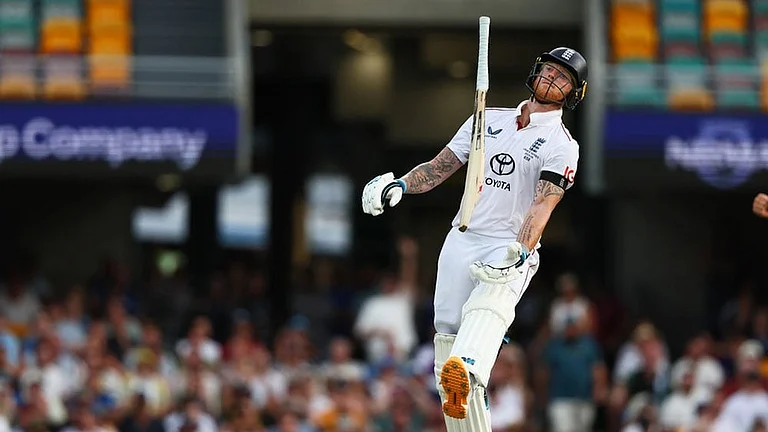Curious as this may sound, this is exactly the stage India's economy has reached today. And sadly, much of the literature on India's development, including the excellent volume under review—Indian Deve -lopment: Selected Regional Perspectives—seems to have no solution at all to this conundrum. As the book rightly claims, its purpose is not to find authentic answers to familiar and well-rehearsed questions, but to ask a quite different set of questions itself.
Amartya Sen and Jean Dreze, two of the most influential commentators on India, have for quite a while now been telling us that one must explore different questions such as: Why development? Development for whom? What yardsticks or touchstones to use to give a verdict on successes and failures? And most importantly, what means would be the best to achieve these ends?
To be fair to Sen and Dreze, these, if any, would form the very viscera of any developmental debate anywhere in the world. These questions are indeed paramount and a search for valid answers would not end with every generation but rather each succeeding generation, standing as it would be taller on the shoulders of the preceding one, would find its own answers. But then, is it fair to find answers to just these and say 'pack-up'? Or are these just the fundamental ones to begin with? It is here that the book fails; and though it tells us what to do and how to do it, it is silent about actually doing it.
For instance, from the Uttar Pradesh and Kerala experience in primary health and education, it would be clear to the reader that history, institutions and policy interacted through a complex web of actors to produce strikingly different results in these two states. Everyone now knows the internal dynamics of the delivery systems in these two dissimilar states and the effect it has on the provision of key social goods. We all also know the pivotal role played by these social goods in bringing home economic growth, as measured in more conventional terms. Sen and Dreze have in fact done seminal work in driving home this valuable point through their works. But which way do we go from here?
When we as a group of young IAS probationers visited the villages of Uttar Pradesh, to our rude shock we found that the importance of primary education and health was not even reflected in the political debates in the state. Their absence was not considered an issue at all! Systemic abuse and corruption had driven people to such a point, that it just didn't appear to matter any more. As the book correctly argues, the disintegration and collapse of the pre-Independence social order and its replacement were unarguably important steps in the emancipation of the labour class in Uttar Pradesh; but sadly, these were not accompanied by a corresponding adaptation of collective arrangements for the provision of collective goods and services.
Yet, while the valuable insights garnered from the mixed experience of Uttar Pradesh, West Bengal and Kerala, undoubtedly tell us more about what to do and how to do it, we are not told about actually doing it. If at all this book fails, it is here and sadly at that. It is a shortcoming which is generic to almost all literature on India's economic reforms. This apart, Dreze and Sen's selected regional perspectives from India's developmental process are certainly something to write home about.






















